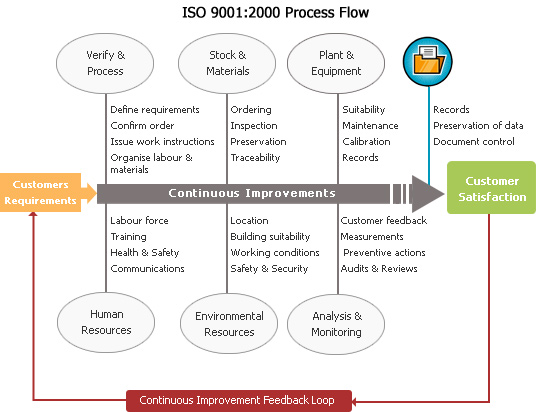In the competitive world of startups, products ought to have as minimum flaws as possible to grow in the market. For hardware startups, this concerns the balance of cost, time, and quality.
To achieve all of the above, a hardware startup should prepare a comprehensive QC system or a Quality Management System, to ensure that all products are delivered on-time, at the best quality, with the most efficient resources.
How can you establish a QC system?
- Start early.
Quality control, along with time-to-market and cost optimization, should be your top priorities from the very beginning of the product development process. This will make it easier to spot possible issues and take care of them before they become expensive and time-consuming to solve.
- Define your quality standards.
What does it mean for your product to be "good enough"? What are the specific requirements that your product must meet to meet your standards? Once you have defined your quality standards, you can develop tests and procedures to ensure that your products meet them.
- Establish a closed-loop feedback system.
Quality control is not just the responsibility of the manufacturing team. All stakeholders, including engineers, designers, and marketing staff, should be involved in the development and implementation of your quality control system. The quality control system should occur starting from the supplier to the production process, delivery, and customer feedback.

- Keep and update records.
It is important to keep records of all testing and inspection activities. This will help you to track your progress, identify trends, and troubleshoot problems.
- Continuously improve.
Your quality control system should be an ongoing process of improvement. As you learn more about your product and its manufacturing process, you should make adjustments to your testing and inspection procedures to ensure that your products continue to meet your quality standards.
Generally, QMS are regulated based on the ISO 9001 system, where quality is regulated, from the suppliers up to the delivery. It's applicable for products across the product lifecycle stages and includes different quality approaches, including Quality Control (QC) and Quality Assurance (QA).
.png?width=1920&height=1080&name=Development%20(3).png)
.png?width=1920&height=1080&name=Development%20(3).png)